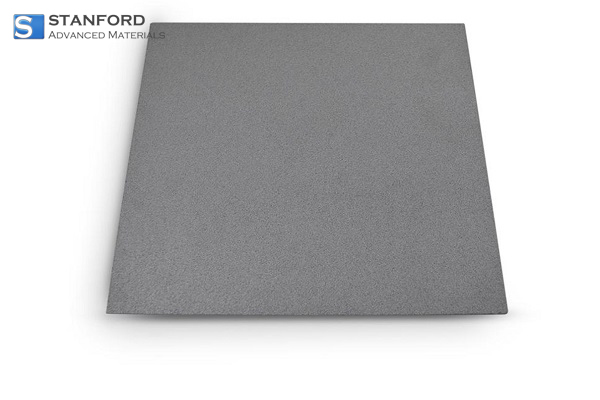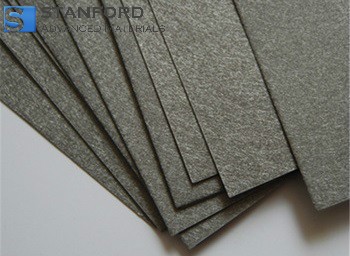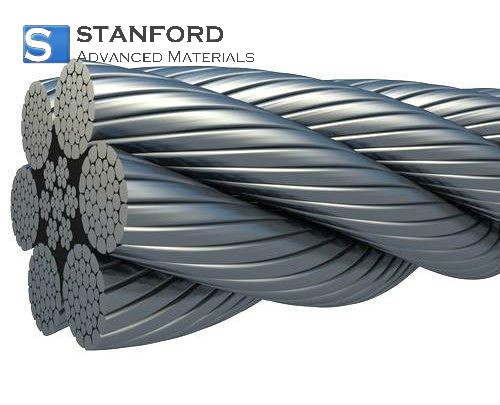SECTION 1. IDENTIFICATION
Product Name: Stainless Steel Wire
CAS #: 65997-19-5
Relevant identified uses of the substance: Scientific research and development
Supplier details:
Stanford Advanced Materials
E-mail: sales@samaterials.com
Tel: (949) 407-8904
Address: 23661 Birtcher Dr., Lake Forest, CA 92630 U.S.A.
SECTION 2. HAZARDS IDENTIFICATION
Classification of the substance or mixture
Classification according to Regulation (EC) No 1272/2008
The substance is not classified as hazardous to health or the environment according to the CLP
regulation.
Classification according to Directive 67/548/EEC or Directive 1999/45/EC
N/A
Information concerning particular hazards for human and environment:
No data available
Hazards not otherwise classified
No data available
Label elements
Labelling according to Regulation (EC) No 1272/2008
N/A
Hazard pictograms
N/A
Signal word
N/A
Hazard statements
N/A
WHMIS classification
D2A - Very toxic material causing other toxic effectsClassification system
HMIS ratings (scale 0-4)
(Hazardous Materials Identification System)
Health (acute effects) = 0
Flammability = 0
Physical Hazard = 0
Other hazards
Results of PBT and vPvB assessment
PBT: N/A
vPvB: N/A
SECTION 3. COMPOSITION/INFORMATION ON INGREDIENTS
Substances
CAS No. / Substance Name:
Stainless steel
SECTION 4. FIRST AID MEASURES
Description of first aid measures
General information
No special measures required.
If inhaled:
Seek medical treatment in case of complaints.
In case of skin contact:
Generally the product does not irritate the skin.
In case of eye contact:
Rinse opened eye for several minutes under running water. If symptoms persist, consult a doctor.
If swallowed:
If symptoms persist consult doctor.
Information for doctor
Most important symptoms and effects, both acute and delayed
No data available
Indication of any immediate medical attention and special treatment needed
No data available
SECTION 5. FIREFIGHTING MEASURES
Extinguishing media
Suitable extinguishing agents
Product is not flammable. Use fire-fighting measures that suit the surrounding fire.
Special hazards arising from the substance or mixture
If this product is involved in a fire, the following can be released:
Advice for firefighters
Protective equipment:
No special measures required
SECTION 6. ACCIDENTAL RELEASE MEASURES
Personal precautions, protective equipment and emergency procedures
Not required.
Environmental precautions:
Do not allow material to be released to the environment without official permits.
Do not allow product to enter drains, sewage systems, or other water courses.
Do not allow material to penetrate the ground or soil.
Methods and materials for containment and cleanup:
Pick up mechanically.
Prevention of secondary hazards:
No special measures required.
Reference to other sections
See Section 7 for information on safe handling
See Section 8 for information on personal protection equipment.
SECTION 7. HANDLING AND STORAGE
Handling
Precautions for safe handling
Keep container tightly sealed.
Store in cool, dry place in tightly closed containers.
Information about protection against explosions and fires:
No special measures required.
Conditions for safe storage, including any incompatibilities
Requirements to be met by storerooms and receptacles:
No special requirements.
Information about storage in one common storage facility:
Not required.
Further information about storage conditions:
Keep container tightly sealed.
Store in cool, dry conditions in well-sealed containers.
Specific end use(s)
No data available
SECTION 8. EXPOSURE CONTROLS/PERSONAL PROTECTION
Additional information about design of technical systems:
No further data; see section 7.
Control parameters
Components with limit values that require monitoring at the workplace:
Chromium metal
mg/m3
ACGIH TLV 0.5; Not classifiable as a human carcinogen
Belgium TWA 0.5
Denmark TWA 0.5
Finland TWA 0.01
France VME 0.5
Japan OEL 0.5
Korea TLV 0.5
Netherlands MAC-TGG 0.5
Norway TWA 0.5Poland TWA 0.5
Sweden NGV 0.5
United Kingdom TWA 0.5
USA PEL 1
Nickel and inorganic compounds, as Ni
mg/m3
ACGIH TLV 1.5; A5 (metal)
0.2; A1 (insoluble compounds)
0.1; A4 (soluble compounds)
Austria Carcinogen
Denmark TWA 0.5
Finland TWA 0.1 (skin) Carcinogen
France VME 1; C3-Carcinogen
Germany Carcinogen
Hungary 0.005-
STEL; Carcinogen (insoluble compounds)
Japan OEL 1; 2B-Carcinogen
Korea TLV 1.5
Netherlands MAC-TGG 1; Carcinogen
1 (insoluble compounds)
Norway TWA 0.05
Poland TWA 0.25
Russia 0.05-STEL
Sweden NGV 0.5 (dust)
Switzerland MAK-W 0.5; Carcinogen
United Kingdom TWA 0.1
USA PEL 1
Additional information: No data
Exposure controls
Personal protective equipment
Follow typical protective and hygienic practices for handling chemicals.
Maintain an ergonomically appropriate working environment.
Breathing equipment: Not required.
Protection of hands: Not required.
Eye protection: Safety glasses
Body protection: Protective work clothing.
SECTION 9. PHYSICAL AND CHEMICAL PROPERTIES
Information on basic physical and chemical properties
Appearance:
Form: Solid in various forms
Color: Silver-colored
Odor: Odorless
Odor threshold: No data available.
pH: N/A
Melting point/Melting range: No data available
Boiling point/Boiling range: No data available
Sublimation temperature / start: No data available
Flash point: N/A
Flammability (solid, gas)
Fine powder: highly flammable
Ignition temperature: No data availableDecomposition temperature: No data available
Autoignition: No data available.
Danger of explosion:
Product does not present an explosion hazard.
Explosion limits:
Lower: No data available
Upper: No data available
Vapor pressure: N/A
Density: No data available
Relative density: No data available.
Vapor density: N/A
Evaporation rate: N/A
Solubility in Water (H
2
O): Insoluble
Partition coefficient (n-octanol/water): No data available.
Viscosity:
Dynamic: N/A
Kinematic: N/A
Other information
No data available
SECTION 10. STABILITY AND REACTIVITY
Reactivity
No data available
Chemical stability
Stable under recommended storage conditions.
Thermal decomposition / conditions to be avoided:
Decomposition will not occur if used and stored according to specifications.
Possibility of hazardous reactions
Very fine powder: spontaneously flammable in air.
Conditions to avoid
No data available
Incompatible materials:
Oxidizing agents
Interhalogens
Halogens
Sulfur
Ammonia
Hazardous decomposition products:
Metal oxide fume
SECTION 11. TOXICOLOGICAL INFORMATION
Information on toxicological effects
Acute toxicity: No effects known.
LD/LC50 values that are relevant for classification: No data
Skin irritation or corrosion: Powder: irritant effect
Eye irritation or corrosion: Powder: irritant effect
Sensitization: Sensitization possible through skin contact.
Germ cell mutagenicity: No effects known.
Carcinogenicity:EPA-A: human carcinogen: sufficient evidence from epidemiologic studies to support a causal
association between exposure and cancer.
IARC-2B: Possibly carcinogenic to humans: limited evidence in humans in the absence of sufficient
evidence in experimental animals.
NTP-R: Reasonably anticipated to be a carcinogen: limited evidence from studies in humans or
sufficient evidence from studies in experimental animals.
ACGIH A4: Not classifiable as a human carcinogen: Inadequate data on which to classify the agent in
terms of its carcinogenicity in humans and/or animals.
Reproductive toxicity: No effects known.
Specific target organ system toxicity - repeated exposure: No effects known.
Specific target organ system toxicity - single exposure: No effects known.
Aspiration hazard: No effects known.
Subacute to chronic toxicity:
Chromium powder, chromium (II) and chromium (III) compounds may cause nausea, diarrhea,
vomiting, skin and eye irritation and pneumoconiosis. Although less likely than Cr(VI) compounds, the
NTP considers all chromium to be potentially carcinogenic.
Iron compounds may cause vomiting, diarrhea, pink urine, black stool, and liver damage.
May cause damage to the kidneys. Irritating to the respiratory tract, they may cause pulmonary fibrosis
if dusts are inhaled.
Nickel and nickel compounds may cause a form of dermatitis known as nickel itch. They may also
cause intestinal disorders, convulsions and asphyxia. Airborne nickel contaminated dusts are regarded
as carcinogenic to the respiratory tract.
Subacute to chronic toxicity: No effects known.
Additional toxicological information:
To the best of our knowledge the acute and chronic toxicity of this substance is not fully known.
SECTION 12. ECOLOGICAL INFORMATION
Toxicity
Aquatic toxicity:
No data available
Persistence and degradability
No data available
Bioaccumulative potential
No data available
Mobility in soil
No data available
Additional ecological information:
Do not allow material to be released to the environment without official permits.
Avoid transfer into the environment.
Results of PBT and vPvB assessment
PBT: N/A
vPvB: N/A
Other adverse effects
No data available
SECTION 13. DISPOSAL CONSIDERATIONS
Waste treatment methods
Recommendation
Consult official regulations to ensure proper disposal.Uncleaned packagings:
Recommendation:
Disposal must be made according to official regulations.
SECTION 14. TRANSPORT INFORMATION
Not a hazardous material for transportation.
UN-Number
DOT, IMDG, IATA
None
UN proper shipping name
DOT, IMDG, IATA
None
Transport hazard class(es)
DOT, ADR, IMDG, IATA
Class
None
Packing group
DOT, IMDG, IATA
None
Environmental hazards:
N/A
Special precautions for user
N/A
Transport in bulk according to Annex II of MARPOL73/78 and the IBC Code
N/A
Transport/Additional information:
Not dangerous according to the above specifications.
DOT
Marine Pollutant (DOT):
No
SECTION 15. REGULATORY INFORMATION
Safety, health and environmental regulations/legislation specific for the substance or mixture
National regulations
All components of this product are listed in the U.S. Environmental Protection Agency Toxic
Substances Control Act Chemical substance Inventory. This product contains a chemical known to the
state of California to cause cancer and/or reproductive toxicity.
SARA Section 313 (specific toxic chemical listings)
Stainless steel
California Proposition 65
Prop 65 - Chemicals known to cause cancer
Stainless steel
Prop 65 - Developmental toxicity
Substance is not listed.
Prop 65 - Developmental toxicity, female
Substance is not listed.
Prop 65 - Developmental toxicity, male
Substance is not listed.
Information about limitation of use:For use only by technically qualified individuals.
This product contains chromium and is subject to the reporting requirements of section 313 of the
Emergency Planning and Community Right to Know Act of 1986 and 40CFR372.
This product contains nickel and is subject to the reporting requirements of section 313 of the
Emergency Planning and Community Right to Know act of 1986 and 40CFR372.
Other regulations, limitations and prohibitive regulations
Substance of Very High Concern (SVHC) according to the REACH Regulations (EC) No. 1907/2006.
Substance is not listed.
The conditions of restrictions according to Article 67 and Annex XVII of the Regulation (EC) No
1907/2006 (REACH) for the manufacturing, placing on the market and use must be observed.
Substance is not listed.
Annex XIV of the REACH Regulations (requiring Authorisation for use)
Substance is not listed.
REACH - Pre-registered substances
Substance is not listed.
Chemical safety assessment:
A Chemical Safety Assessment has not been carried out.
SECTION 16. OTHER INFORMATION
Safety Data Sheet according to Regulation (EC) No. 1907/2006 (REACH). The above information is
believed to be correct but does not purport to be all inclusive and shall be used only as a guide. The
information in this document is based on the present state of our knowledge and is applicable to the
product with regard to appropriate safety precautions. It does not represent any guarantee of the
properties of the product.


 English
English Española
Española Deutsch
Deutsch Français
Français Italiano
Italiano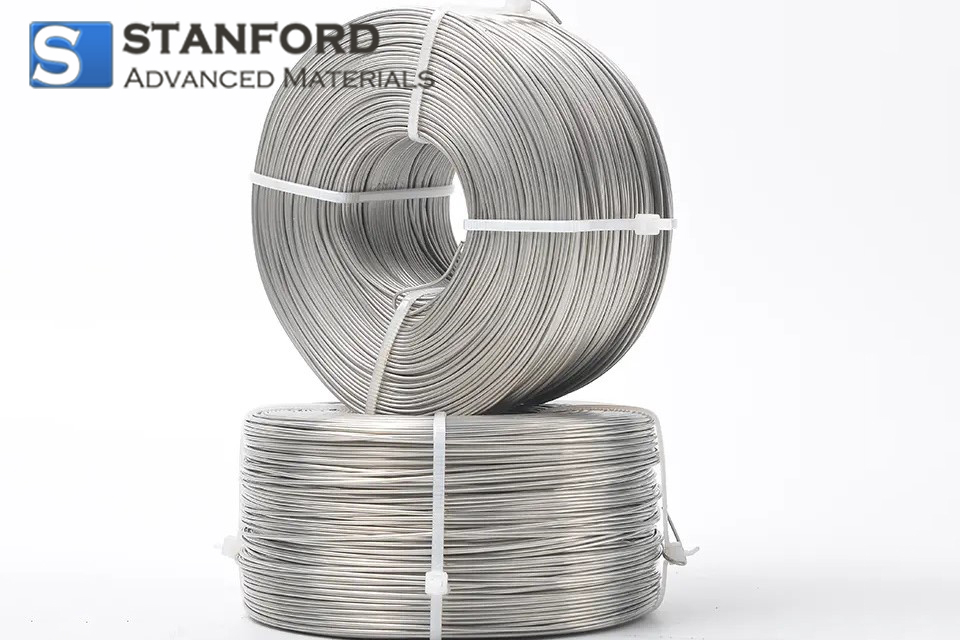
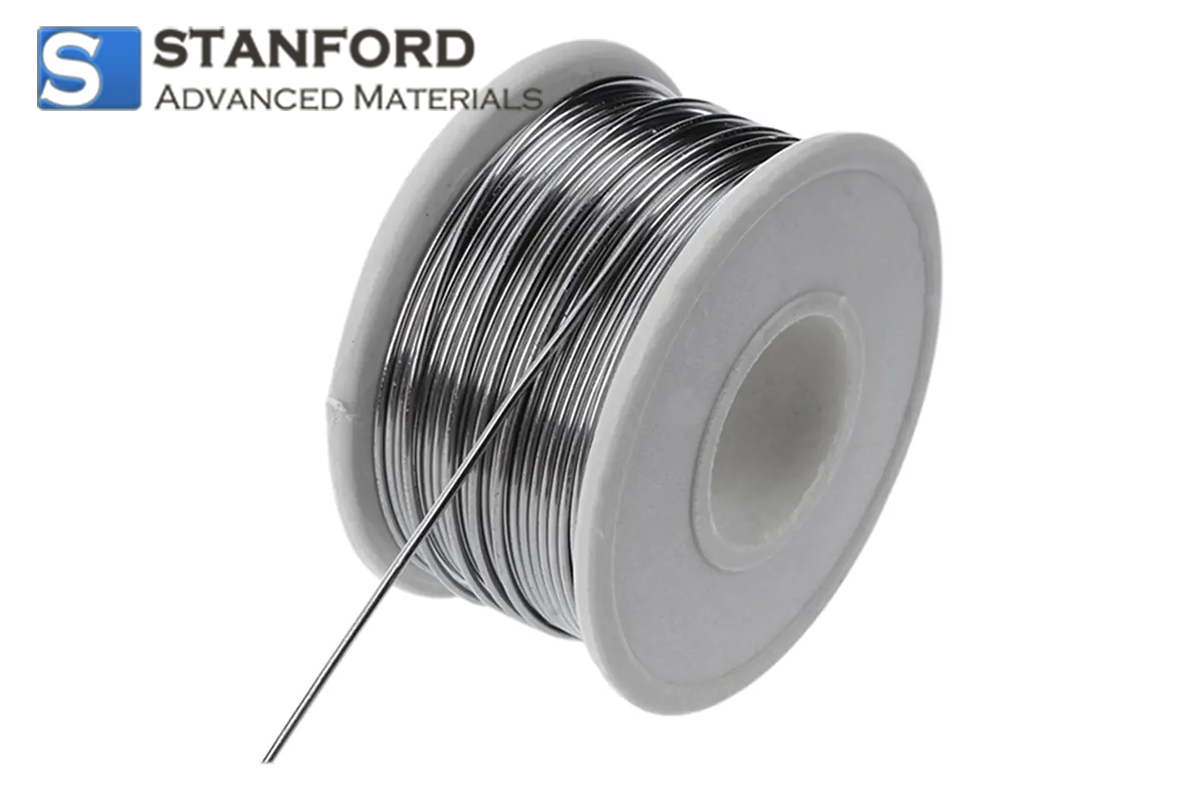
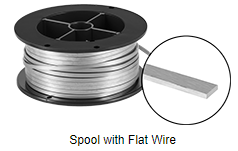
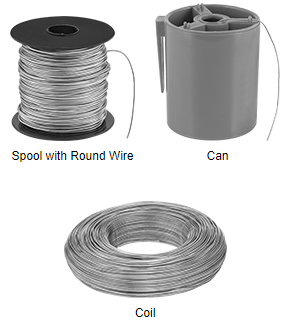

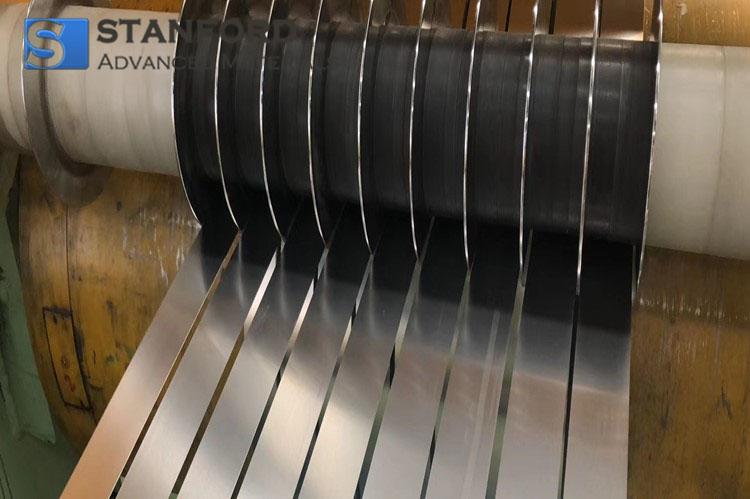
.jpg)

